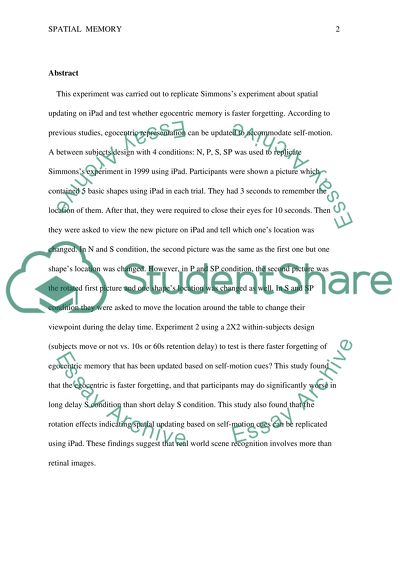Cite this document
(“Final project report Essay Example | Topics and Well Written Essays - 4750 words”, n.d.)
Retrieved from https://studentshare.org/psychology/1477864-final-project-report
Retrieved from https://studentshare.org/psychology/1477864-final-project-report
(Final Project Report Essay Example | Topics and Well Written Essays - 4750 Words)
https://studentshare.org/psychology/1477864-final-project-report.
https://studentshare.org/psychology/1477864-final-project-report.
“Final Project Report Essay Example | Topics and Well Written Essays - 4750 Words”, n.d. https://studentshare.org/psychology/1477864-final-project-report.


